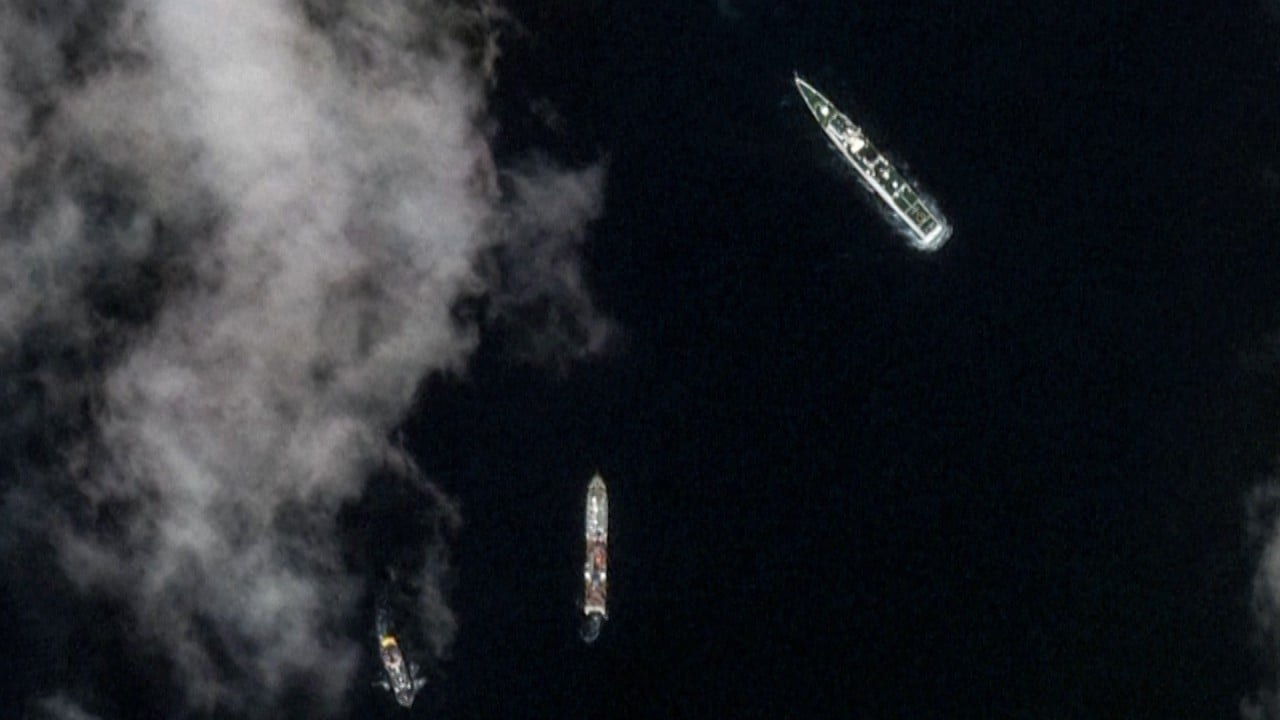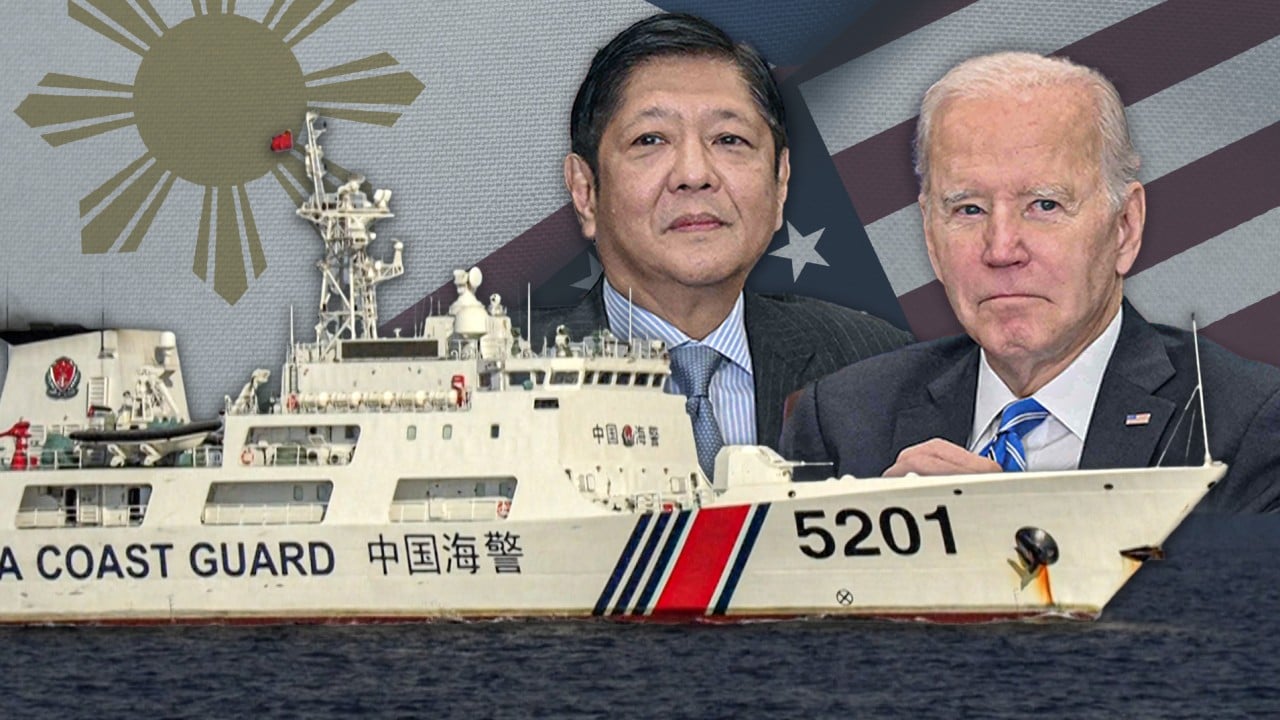
Beijing protests to Philippine ambassador over ‘recent negative China-related remarks’ from Manila
- Foreign ministry says official also made solemn representations to Manila’s envoy ‘on issues related to Taiwan and the South China Sea’
- On the same day, Chinese embassy in the Philippines says Washington should refrain from ‘instigating trouble’ in the South China Sea
Beijing has protested to Manila about “recent negative China-related remarks” and comments on issues such as Taiwan and the South China Sea, at a time when the Philippines is upgrading its security ties with the United States.
Liu Jinsong, head of the Asian affairs department at the Chinese foreign ministry, delivered the message at a meeting with Jaime FlorCruz, the Philippine ambassador to China, on Tuesday, according to a readout from China’s Ministry of Foreign Affairs.
“Liu made solemn representations over recent negative statements involving China by the Philippines side, as well as on issues related to Taiwan and the South China Sea. Liu expressed China’s strong dissatisfaction and firm position,” the readout said.
Also on Wednesday, Beijing lashed out at the US after Secretary of State Antony Blinken said his country’s commitment to defend the Philippines was “ironclad”.
“We have a shared concern about the PRC’s [People’s Republic of China] actions that threaten our common vision for a free, open Indo-Pacific, including in the South China Sea and in the Philippines exclusive economic zone,” Blinken said.
These actions included “repeated violations of international law and the rights of the Philippines: water cannons, blocking manoeuvres, close shadowing, other dangerous operations”, he said.
Blinken also made it clear that the US-Philippine 1951 mutual defence treaty would be invoked if the Philippine armed forces, public vessels, aircraft or coastguard came under armed attack in the South China Sea.
In response, the Chinese embassy in the Philippines said in a statement on Wednesday that Washington should refrain from “instigating trouble” in the South China Sea and that the US was to blame for stirring up trouble in the region.
“The US is not a party to the South China Sea issue and has no right to interfere in the maritime issues between China and the Philippines. The recent tension in the South China Sea would not have occurred without the US egging on the Philippines,” the Chinese embassy in the Philippines said on its website.
Calling its activities in the disputed waterway “legitimate and lawful”, Beijing said Blinken’s remarks “ignore the facts” and groundlessly accuse China.
It also said Blinken had “again threatened China” by citing the mutual defence pact, which China firmly opposed.
“It is exactly the US and not anyone else that’s threatening peace and stability in the South China Sea,” the statement said.
Meanwhile, Philippine President Ferdinand Marcos Jnr told Bloomberg this week his government had not instigated any conflict or confrontation in the South China Sea.
However, he said: “China has taken some very aggressive actions against our coastguard.”
On several occasions, Marcos said his country was firm in defending its sovereignty and would never allow any foreign power to take “one square inch” of its territory.
China previously summoned the Philippine ambassador after Marcos congratulated William Lai Ching-te, the winner of Taiwan’s presidential election in January.
The Philippine president had expressed hopes for “close collaboration [with Taiwan], strengthening mutual interests, fostering peace and ensuring prosperity for our peoples in the years ahead” in the congratulatory message.
Later, he clarified that his country was committed to the one-China policy and he did not endorse Taiwanese independence.
China-Philippine ties have sourced amid frequent maritime face-offs in the past year, especially around the contested Second Thomas Shoal, where Manila has been conducting resupply missions for a small group of troops stationed there. Officials from both countries have often traded barbs.
After taking office in 2022, Marcos reversed the Beijing-friendly policy adopted by his predecessor, Rodrigo Duterte, instead stepping up security ties with Washington and its allies.
The Philippines granted access to more military bases for Washington and resumed their joint patrols. Manila is also negotiating a reciprocal access agreement with Tokyo, paving the way for future joint military exercises and training.
Leaders of the US, Japan and the Philippines will also hold their first trilateral summit at the White House next month, with discussions on the South China Sea likely to top the agenda.



